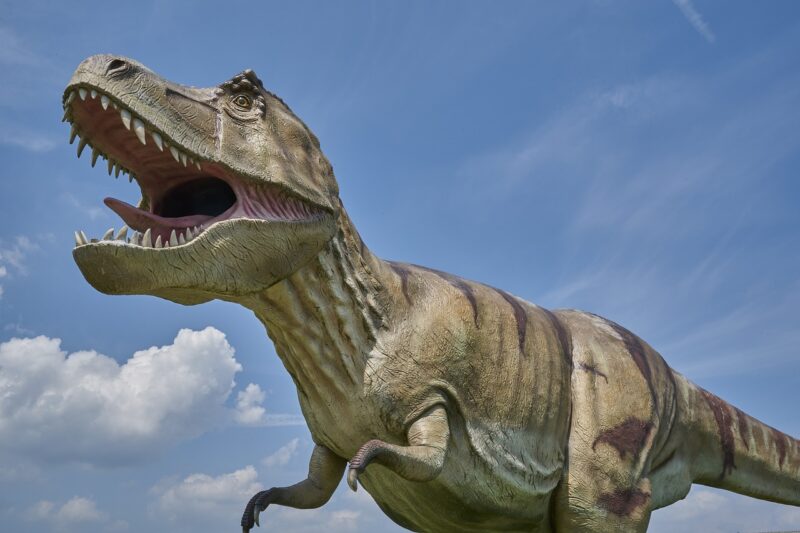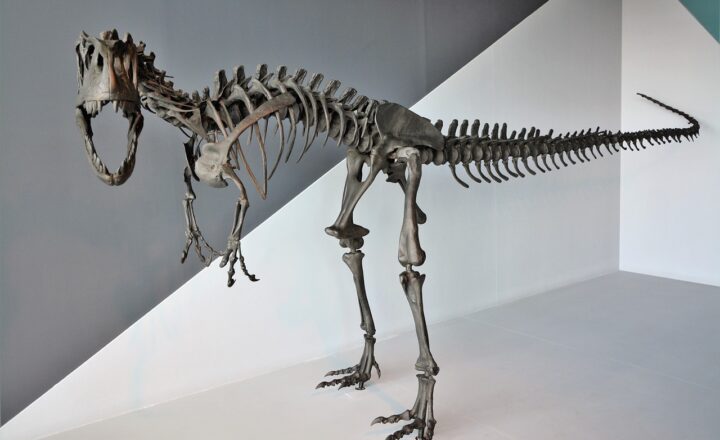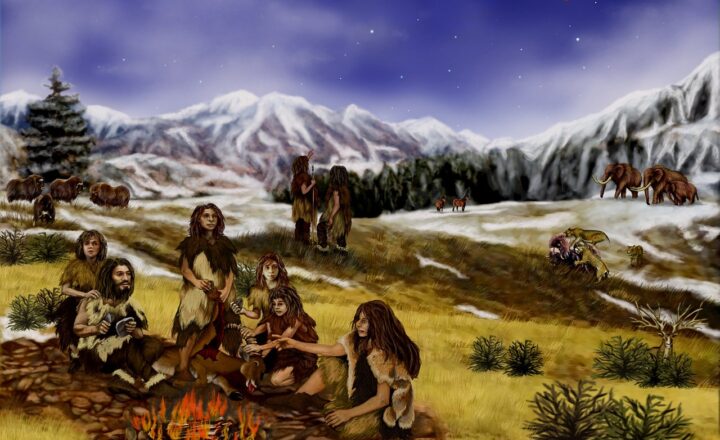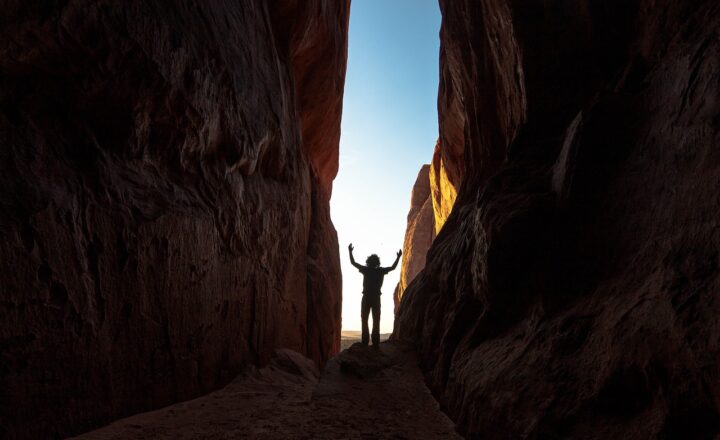Exploring the Dinosaurs of North America: Which Species Once Roamed Here?
November 15, 2024

Dinosaurs have long fascinated humans. These ancient reptiles inhabited our planet for over 160 million years and have left an indelible mark on the landscape of North America. In this article, we’ll embark on a journey through time to explore the iconic species that once roamed this vast continent, their habitats, behaviors, and their eventual demise.
1. The Era of Dinosaurs: A Brief Overview
Dinosaurs first appeared during the late Triassic period, around 230 million years ago. They swiftly diversified into various forms and sizes, evolving into two primary groups: the Saurischia and the Ornithischia. North America, situated amid tectonic shifts, was a lush, forested land teeming with life during the Mesozoic era.
**The Mesozoic Era is divided into three periods:**
– **Triassic (around 252 to 201 million years ago)**: The first dinosaurs emerged.
– **Jurassic (around 201 to 145 million years ago)**: Known for large sauropods and the first birds.
– **Cretaceous (around 145 to 66 million years ago)**: The peak of dinosaur diversity and the eventual extinction event.
2. Notable Dinosaur Species of North America
North America bore witness to some of the most famous dinosaurs. Here are a few notable species:
Tyrannosaurus Rex
The king of the dinosaurs, *Tyrannosaurus rex*, ruled during the late Cretaceous period. Growing up to 40 feet long, they possessed a massive skull equipped with powerful jaws capable of exerting an impressive bite force.
– **Habitat**: Lush forests and open plains.
– **Diet**: Carnivorous – they primarily preyed on large herbivores such as *Triceratops*.
– **Behavior**: Likely a solitary predator, although some evidence suggests they may have hunted in packs.
Triceratops
Another North American favorite, *Triceratops*, is known for its three distinctive facial horns and large bony frill.
– **Habitat**: Most commonly found in the western United States.
– **Diet**: Herbivorous, feeding on low-lying vegetation.
– **Behavior**: Likely lived in herds for protection against predators.
Diplodocus
Emblematic of the Jurassic period, *Diplodocus* is renowned for its long neck and tail. These massive sauropods were among the largest creatures to walk the Earth.
– **Habitat**: Found mostly in North American river valleys.
– **Diet**: Herbivorous, mainly consuming leaves from tall trees and shrubs.
– **Behavior**: Likely lived in groups for social interaction and safety from predators.
Stegosaurus
*Stegosaurus* is best known for its distinctive double row of large bony plates along its back and spiked tail.
– **Habitat**: Lived in semiarid environments with low-growing plants.
– **Diet**: Herbivorous, primarily feasting on ferns and other low-lying vegetation.
– **Behavior**: Likely a solitary or small-group animal, often using its plates for display.
Velociraptor
Often portrayed in popular culture as large predators, *Velociraptor* was actually much smaller, resembling a modern-day bird.
– **Habitat**: Composed of a variety of environments, including forests and open plains across North America.
– **Diet**: Carnivorous, probably hunting in packs to take down larger prey.
– **Behavior**: Highly intelligent with strong social structures.
3. The Impact of Climate on Dinosaurs
Climate played a significant role in the survival and adaptation of dinosaurs. During the Mesozoic era, North America experienced diverse climates ranging from humid subtropical environments to dry deserts which affected vegetation patterns and the available food supply.
– **Warm Climate**: The warm, humid climate of many regions supported lush vegetation, allowing herbivorous dinosaurs to thrive.
– **Changing Environments**: Geological changes, such as the rise of the Rocky Mountains, influenced the habitat, leading to the evolution of various species to adapt.
4. The End of the Dinosaurs
About 66 million years ago, a cataclysmic event – widely believed to be an asteroid impact – led to the mass extinction of approximately 75% of the Earth’s species, including the dinosaurs of North America. This is known as the Cretaceous-Paleogene (K-Pg) extinction event.
The extinction reshaped the Earth’s ecosystems, paving the way for the rise of mammals and eventually humans.
5. Dinosaurs in Today’s Culture
Dinosaurs have transcended science to become a staple in culture, sparking interest through movies, literature, and exhibitions. Museums across North America showcase their fossils, and paleontological discoveries continue to excite amateur and professional dinosaurs enthusiasts alike.
– **Educational Value**: Dinosaurs serve as a conduit for teaching evolutionary biology, paleontology, and Earth sciences.
– **Conservation Lessons**: The extinction of the dinosaurs reminds us of the impact of environmental changes and the importance of biodiversity conservation.
Conclusion
The legacy of dinosaurs remains ingrained in our understanding of Earth’s history. As we continue to discover new fossils and learn more about their lives, the dinosaurs of North America help us appreciate not just their past existence but also the profound connections between all life and the ecosystems they inhabit.







